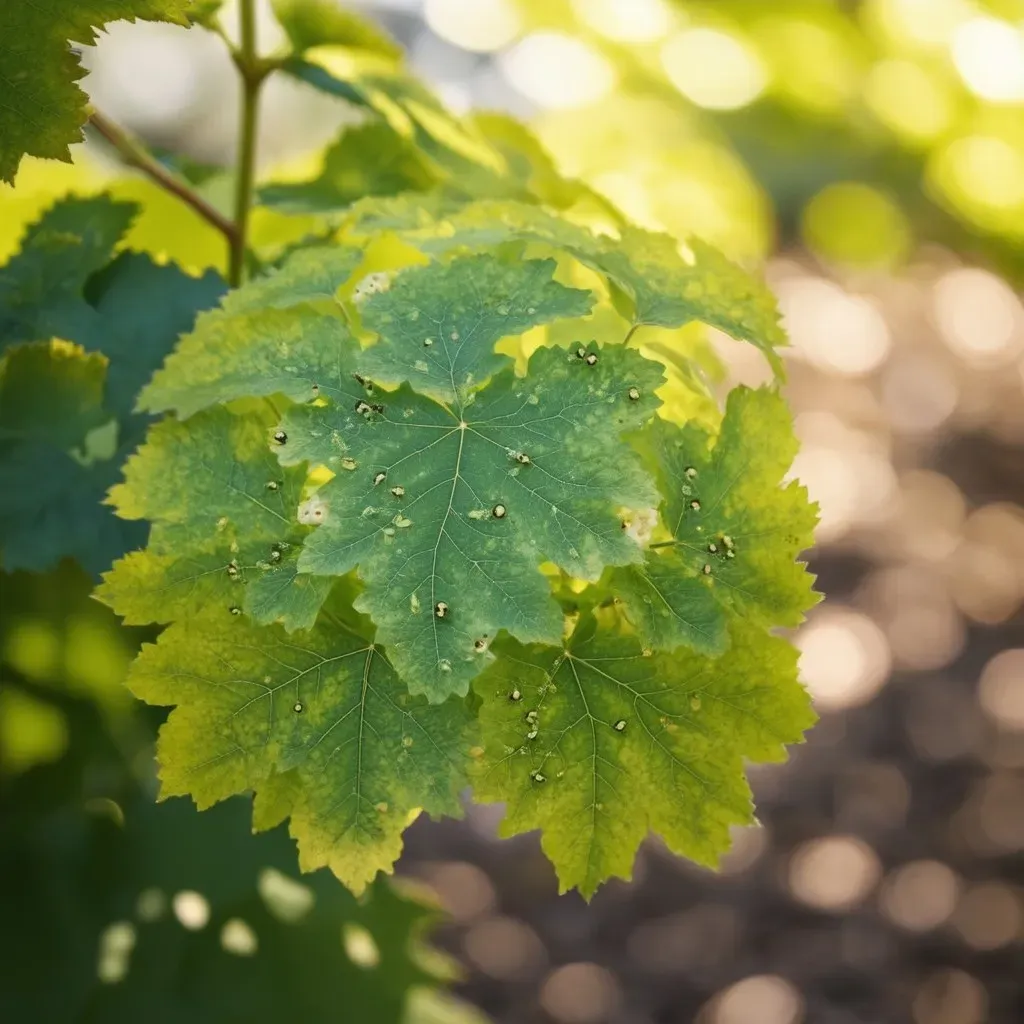When it comes to gardening, specifically in maintaining the beauty of your landscape with lush and vibrant plants, oak leaf hydrangeas (hydrangea quercifolia) are often a top choice. Unfortunately, many gardeners encounter various problems with oak leaf hydrangeas that can impede their growth and beauty. Understanding these issues and how to address them is essential for any plant enthusiast.
Common Problems with Oak Leaf Hydrangeas
Various problems can affect the health of oak leaf hydrangeas. Below is an overview of the most common issues and their symptoms:
| Problem | Symptoms | Solutions |
|---|---|---|
| 1. Powdery Mildew | White, powdery spots on leaves, stems, and flowers | Improve air circulation, avoid overhead watering |
| 2. Nematodes | Lumpy growths on stems; weakness in plants | Soil fumigation, crop rotation |
| 3. Leaf Spot Disease | Brown or black spots on foliage | Remove affected leaves, apply fungicide |
| 4. Wilting | Leaves droop or wilt, often due to either under or over-watering | Adjust watering practices according to soil moisture |
| 5. Yellowing Leaves | Leaves yellowing could indicate nutrient deficiencies or pH issues | Test soil pH, amend soil with necessary nutrients |
| 6. Root Rot | Plant wilting despite wet soil; mushy roots | Improve drainage, modify watering schedule |
| 7. Pests (Aphids & Beetles) | Discoloration, holes in leaves, and sticky residue | Neem oil treatment, insecticidal soap |
| 8. Environmental Stress | Foliage scorch, leaf drop, or stunted growth due to inadequate light | Relocate to a better-suited location |
Facts About Oak Leaf Hydrangeas
-
Soil Preferences: Oak leaf hydrangeas thrive in slightly acidic soil rich in organic matter.
-
Light Needs: They prefer full to partial sunlight. Insufficient light can lead to poor flowering and overall health.
-
Drought Tolerance: While oak leaf hydrangeas are generally more drought-tolerant than Other hydrangea varieties, they still require consistent moisture during dry spells.
-
Disease Resistance: Generally immune to many pests, oak leaf hydrangeas can still be affected by aphids, spider mites, and Japanese beetles.
-
Sustainable Practices: Utilizing mulching and proper watering techniques can significantly enhance the health and vitality of these plants.
Detailed Examination of Oak Leaf Hydrangea Problems
Powdery Mildew
Symptoms: This is a common fungal disease, which appears under conditions of high humidity and poor air flow. The leaves may develop a white, powdery coating that can eventually lead to leaf curling and premature drop.
Solutions:
- Improve air circulation around the plant.
- Prune neighboring plants to ensure sufficient spacing.
- Apply fungicides if necessary and avoid watering from overhead.

Nematodes
Symptoms: Nematodes are microscopic worm-like creatures that can cause lumpy growths and galls on the roots or stems, leading to overall plant weakness.
Solutions:
- Soil fumigation can help kill nematodes.
- Crop rotation with non-host plants also aids in breaking nematode life cycles.

Leaf Spot Disease
Symptoms: The appearance of black or brown spots can indicate either fungal or bacterial leaf spot disease. Affected leaves may turn yellow and eventually fall.
Solutions:
- Trim away diseased foliage immediately to prevent further spread.
- Apply a suitable fungicide as directed.

Wilting
Symptoms: Wilting can arise from either over-watering or under-watering. The leaves droop significantly, and the plant appears lifeless.
Solutions:
- Evaluate your watering practices. Adjust as necessary to keep the soil moist but not saturated.

Yellowing Leaves
Symptoms: Yellowing leaves often point to either nutrient deficiencies (especially nitrogen) or soil pH issues.
Solutions:
- Test the soil pH (ideally should be between 5.0 and 6.5).
- Amend the soil with appropriate fertilizers to balance nutrients.
[Image: Yellowing Oak Leaf Hydrangea Leaves]
Root Rot
Symptoms: Root rot manifests as wilting plants that occur despite watering; roots may become mushy and discolored.
Solutions:
- Ensure proper drainage in the planting area to prevent water accumulation.
- Adjust watering practices to align with soil moisture levels.

Pest Management
Symptoms: Infestations by pests like aphids may lead to holes in leaves, sticky substances, and discoloration.
Solutions:
- Introduce beneficial insects such as ladybugs for natural pest control.
- Use insecticidal soap or neem oil to manage infestations effectively.

Environmental Stress
Symptoms: Foliage scorch or sudden leaf drop can signal environmental stress due to excessive sunlight or insufficient watering.
Solutions:
- Consider relocating the plant to a shadier spot to regulate heat exposure.
- Maintain regular and appropriate watering during drought periods.

FAQs About Problems with Oak Leaf Hydrangeas
Q1: What are the best environmental conditions for oak leaf hydrangeas?
A: Oak leaf hydrangeas thrive in well-drained, slightly acidic soil with plenty of organic matter. They prefer full sun to partial shade.
Q2: How often should I water my oak leaf hydrangeas?
A: Water your oak leaf hydrangeas regularly, especially during dry spells. Ensure that the soil is evenly moist but not soggy.
Q3: What are the signs of nutrient deficiency in oak leaf hydrangeas?
A: Signs include yellowing leaves (particularly older leaves), poor growth, and reduced flower production.
Q4: How do I control pests naturally?
A: Implement biological controls like introducing beneficial insects or using neem oil or insecticidal soap to manage pest populations.
Q5: Can I prune oak leaf hydrangeas? If so, when?
A: Yes, you can and should prune oak leaf hydrangeas after flowering in late summer to promote healthy growth for the following year.
To learn more about caring for your oak leaf hydrangeas, visit Gardener’s Path.

Understanding the common problems with oak leaf hydrangeas and applying the appropriate solutions can help your plants thrive. Gardening is both an art and a science, and addressing these issues is key to ensuring vibrant and healthy hydrangeas in your landscape.


